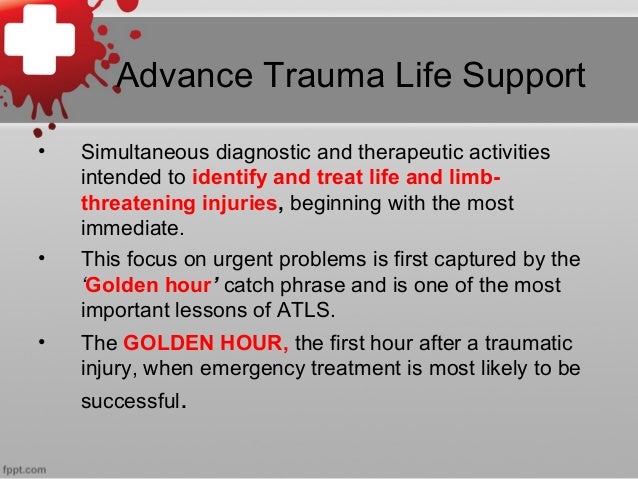Chaa Certification Manual
CHAA Examination Content Outline (Updated in 2017) The CHAA examination addresses the following subject matter. Candidates are required to demonstrate proficiency by answering examination questions that evaluate their knowledge of facts, concepts, and processes required to complete the tasks described below. Domain I: Patient Access Foundations (44% of Exam) A. Customer Experience 1.
Customer Assessment a. Identify customer expectations and concerns (e.g., confidentiality, emotional, spiritual) b. Identify clinical concerns and patient needs c. Identify financial concerns and patient needs d. Arrange customer literacy and comprehension services (e.g., interpreter services, meaningful use data) 2.
Quality and Customer Service a. Employ strategies to deliver quality service and customer satisfaction (i.e., in-person and remotely) b.
Interpret results from customer satisfaction metrics (e.g., HCAHPS, patient satisfaction survey) c. Recognize the purpose of benchmark processes to improve outcomes d. Recommend process and quality improvement initiatives e. Comprehend key performance indicators (KPIs), best practices and dashboards f. Employ principles of effective communication (e.g., written, verbal, age appropriate) g. Utilize national patient safety guidelines (e.g., two patient identifiers, physical safety) B.
Regulatory Compliance 1. Recognize requirements of OIG (e.g., EMTALA, patient's rights and responsibilities, advanced directives) 2. Recognize requirements for CMS (e.g., HIPAA, IMM, MSP, ABN, Condition Code 44, fraud and abuse) 3. Comprehend accreditation guidelines (e.g., Joint Commission, DNV) 4. Recognize requirements for other government agencies (e.g., TRICARE, VA, Medicaid) C. Revenue Cycle 1. Identify data elements necessary for accurate billing (e.g., occurrence codes, condition codes, diagnosis, CPT) 2.
Comprehend billing indicators for the UB-04 and CMS 1500 billing forms 3. Verify payer plan coverage (e.g., governmental payers, third party liability, insurance eligibility) 4.
Comprehend the effect of the Affordable Care Act (e.g., HMO, PPO, POS, the exchange) 5. Determine coordination of benefits 6. Perform point-of-service collection 7. Provide and coordinate financial counseling 8.
Chaa Certification
Comprehend medical terminology and coding 9. Collaborate with health information management (e.g., prevent duplicate medical records) 10. Collaborate with patient financial services (e.g., billing, accounts receivable) 11. Mitigate denials D.
Information Systems 1. Manage timely input of data 2.
Recognize purpose for down-time or mass casualty procedures and reconciliation E. Resource Management 1.
Recognize need for resource management (e.g., staff, time, equipment, funds) 2. Correctional officer exam study guide. Interpret quality metrics and productivity data Domain II: Pre-Arrival (31% of Exam) A. Scheduling 1. Identify accurate patient and record pertinent schedule information 2. Arrange and schedule location, equipment, and/or staff (resources) 3. Identify insurance information required to schedule service (e.g., authorization, medical policy, referrals) 4. Identify clinical information required to confirm service for a specific date and time (e.g., referrals, valid order) B.
Pre-registration 1. Patient Information a. Utilize the electronic master patient index (EMPI) to ensure accurate patient identification and safety b. Collect and record patient information (e.g., patient and guarantor demographics) 2. Perform financial clearance a. Identify and collect accurate payer information and subscriber demographics b. Verify eligibility and interpret benefits c.
Validate and meet payer requirements d. Secure prior authorization e. Inform and/or collect customer financial obligations prior to service i.
Explain estimates and make payment arrangements ii. Screen for other state or federal program eligibility and/or identify need for financial assistance 3. Patient and family education a. Identify testing and procedure prerequisites (e.g., blood work, fasting, stop medication) b. Review service or procedure information with patient c. Review wayfinding (e.g., parking, valet, facility maps) Domain III: Arrival (25% of Exam) A.

Patient Check-in, Admission, Registration 1. Validate patient class order (e.g., inpatient, observation, outpatient, ED) 2. Explain and execute patient registration forms (e.g., The Patient Bill of Rights and Responsibilities, HIPAA, consents, other required documents) 3.
Validate demographics, admission source, and clinical and financial information 4. Validate patient identification, order, and insurance validation 5. Validate ordered levels of care (e.g., ICU, PCU, and telemetry) 6. Indicate value of patient portal B. Patient and Family Experience 1.
Identify services to help reduce patient and family stress and increase customer satisfaction 2. Indicate internal wayfinding (e.g., transport and facility signage) 3. Identify relevant information to provide to patient and family (room number, visiting hours, etc.) 4. Manage patient tracking (e.g., locating, transporting, routing) 5. Recognize service recovery opportunities (e.g., validating parking and free meal tickets) C. Bed Management 1.
Knowledge of information concerning patient placement 2. Validate patient status change orders (e.g., observation to in-patient) 3. Collaborate with case management (e.g., Status changes).